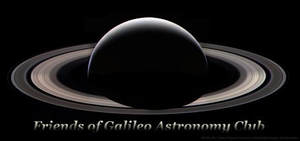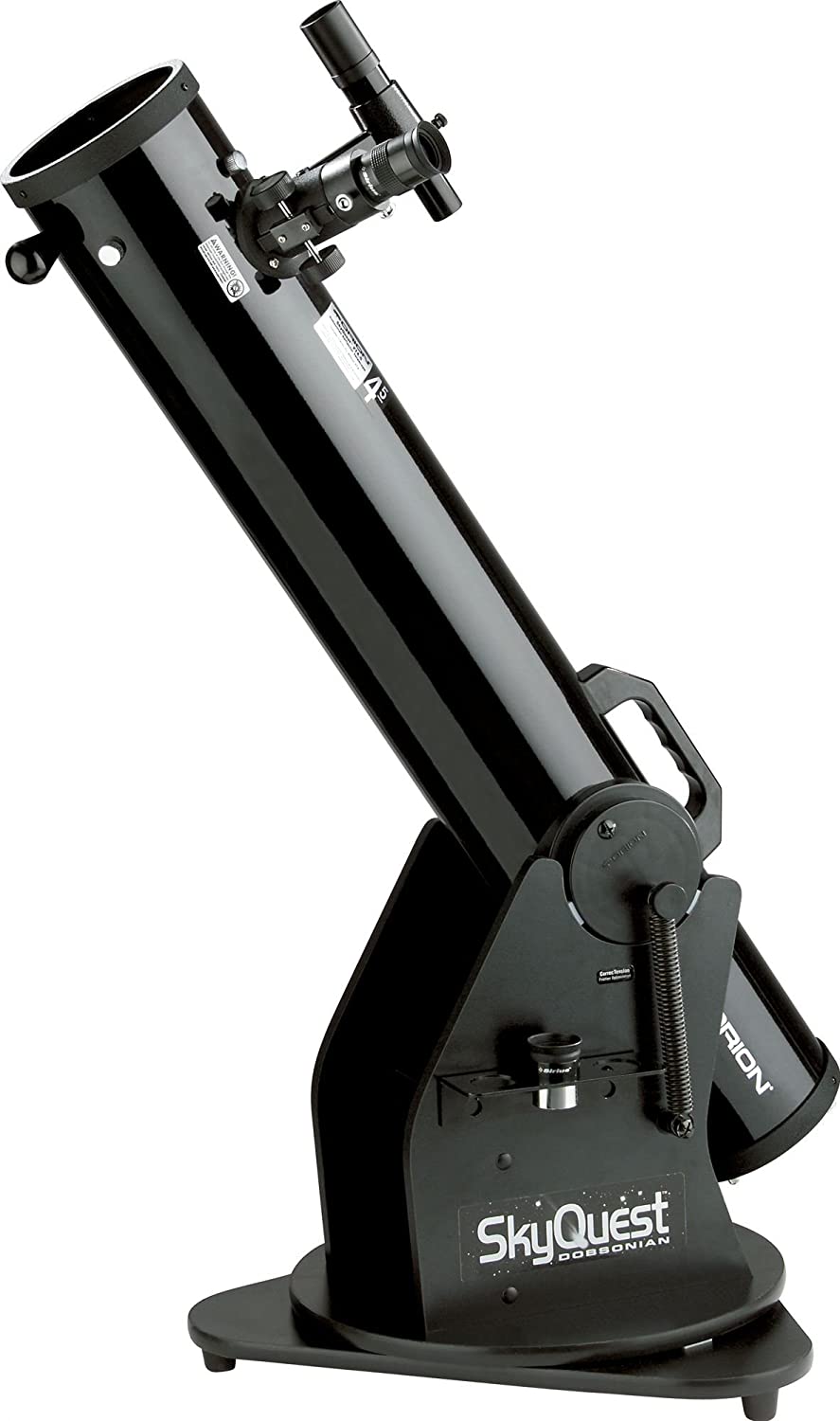FOG Blog
|
Evening Sky
Jupiter (magnitude -2.0) and Saturn (0.6) become visible in the southwest evening twilight. The two planets currently appear about one moon-width apart and continue to inch closer together until December 21. That evening, Jupiter and Saturn appear just 0.1° apart, meaning the two planets can be seen in the same telescopic field of view at low power. Both planets currently set just after 7:00pm, but by mid-January they will set about 45 minutes after sunset. Mars (-0.7) becomes visible high in the southeastern sky as darkness falls. The red planet currently sets in the west just before 2:30am and becomes dimmer over the next month. By mid-January, Mars shines at magnitude 0.1 and sets in the west-northwest around 1:30am. The moon appears about 6° below Mars the evening of December 23. Then on the night of January 20, the first quarter moon appears just below Mars, with distant Uranus (5.8) directly between them and closer to Mars. Mercury (-0.9) returns to the evening sky in mid-January, setting in the southwest about an hour after sunset. The innermost planet sets later each evening but rapidly dims until reaching magnitude 1.1 by the end of the month. The week of January 17, especially later that week, should provide the best viewing. Morning Sky Venus (-4.0) currently rises in the east-southeast around 6:00am, and about a half hour later by mid-January. Meteor Showers The Ursids meteor shower is active from December 17 to 26, peaking the night of December 21-22. Normally a lower volume shower, this year the Earth passes near several past debris trails of comet 8P/Tuttle, the source of the Ursids. The debris trail left in the year 829 is predicted to produce the most favorable peak between 10:00-10:30pm on December 21. Unfortunately, west coast observers will need to deal with the first quarter moon. To view the Ursids, look to the northern sky, about half way between the horizon and zenith. Moon Phases First (12/21), full (12/29), last (1/6), new (1/13), first (1/20), full (1/28)
0 Comments
(Thanks to FoG founding member Mark Thorson for most of the following.)
New to astronomy? Thinking about your first telescope or a gift for a budding astronomer? Here are a few tips to help you out, and links to helpful articles. Find a good sky as best you can. Sky conditions are more important than the equipment you use for observing. Even expensive sophisticated telescopes do not overcome poor sky conditions.
Use binoculars. They will help you focus on the kinds of objects you like to watch, and this will help you choose the right telescope later. Most binoculars are easy to carry around and to focus. That means you're more likely to use them - and to enjoy exploring the sky. (Here are some binocular recommendations). Look at the moon and its craters, look at the other planets, maybe try looking for constellations or galaxies or star clusters in the Milky Way. Never look at the sun through binoculars (or telescopes), but you can focus the sun's image onto a sheet of paper. It's a pretty neat way to see sunspots or an eclipse. Caution! Solar observing requires special equipment and experienced supervision.
Try someone else's telescope. Ask your local astronomy club for opportunities to look through their different types of telescopes. Ask members about their telescopes, what they like or dislike about them, and what they'd choose today. When we return to public events, after the pandemic, watch our calendar for our sidewalk astronomy or other viewing events. The public is always welcome! Starting to narrow things down? Here are a few more tips.
What do these terms mean? Check out this terrific Sky and Telescope article. https://skyandtelescope.org/astronomy-equipment/how-to-choose-a-telescope/ Happy viewing! Click the link below to view or download this month's newsletter.
|
Friends of Galileo
We are astronomy enthusiasts who love to learn and to share our wonder at the amazing sights right overhead. Archives
February 2024
Categories
All
|
||||||


 RSS Feed
RSS Feed